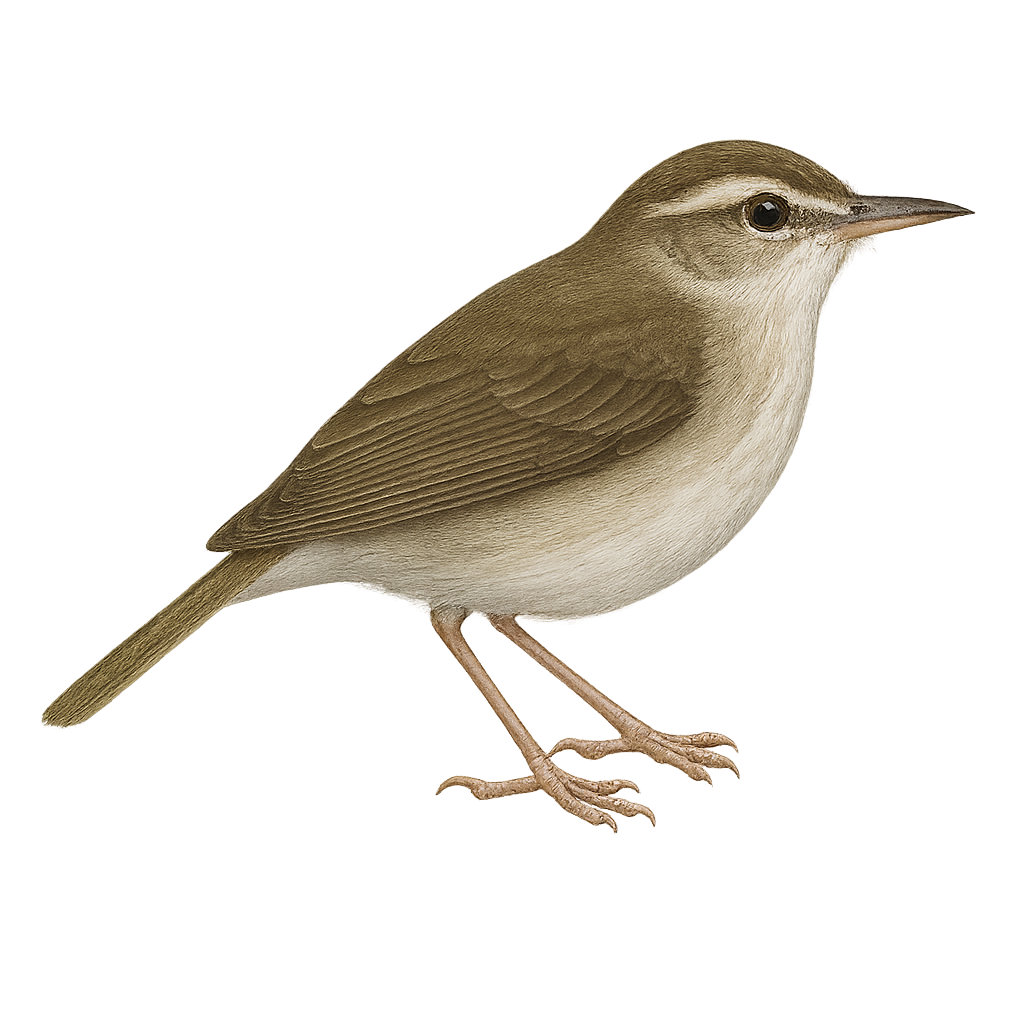Your wildlife photography guide.
Explore the swainson's warbler in detail, study its behavior, prepare your shots.
Where to observe and photograph the swainson's warbler in the wild
Learn where and when to spot the swainson's warbler in the wild, how to identify the species based on distinctive features, and what natural environments it inhabits. The WildlifePhotographer app offers tailored photography tips that reflect the swainson's warbler’s behavior, helping you capture better wildlife images. Explore the full species profile for key information including description, habitat, active periods, and approach techniques.
Swainson's Warbler
Scientific name: Limnothlypis swainsonii

IUCN Status: Least Concern
Family: PARULIDAE
Group: Birds
Sensitivity to human approach: Suspicious
Minimum approach distance: 10 m
Courtship display: April to June
Incubation: 13-14 jours
Hatchings: April to June
Habitat:
Humid forests, dense undergrowth, swamps
Activity period :
Primarily active during the day, with peak activity in the morning and late afternoon.
Identification and description:
The Swainson's Warbler, Limnothlypis swainsonii, is a secretive and little-known bird, primarily found in the humid forests of the southeastern United States. It is characterized by its olive-brown plumage, pale eyebrow, and relatively long, slender bill. This bird prefers dense undergrowth and swamps, where it feeds mainly on insects and spiders. Although its song is melodious, it is often difficult to spot due to its elusive behavior. The Swainson's Warbler is a partial migrant, moving south for the winter. Its population is stable, but it remains vulnerable to habitat loss due to deforestation and wetland drainage.
Recommended lens:
400 mm – adjust based on distance, desired framing (portrait or habitat), and approach conditions.
Photography tips:
To photograph the Swainson's Warbler, it is advisable to use a 400mm or longer telephoto lens to capture detailed images without disturbing the bird. Look for dense undergrowth areas where this bird is likely to hide. Be patient and attentive to its melodious song to locate its position. Use a tripod to stabilize your camera and wait for the right moment to capture the bird when it moves into the open. Morning or afternoon light is ideal for achieving natural colors and avoiding harsh shadows.
The WildlifePhotographer App is coming soon!
Be the first to explore the best nature spots, track rutting seasons, log your observations, and observe more wildlife.
Already 1 439 wildlife lovers subscribed worldwide

